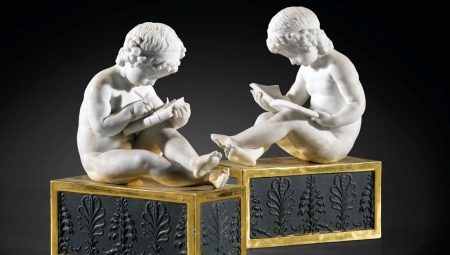Porcelain is a very popular type of ceramics, due to its snow-white color, as well as subtlety and grace. It is ideal for making dishes and various decor items and decorations. Biscuit porcelain - the so-called popular variety, which refers to the solid type.
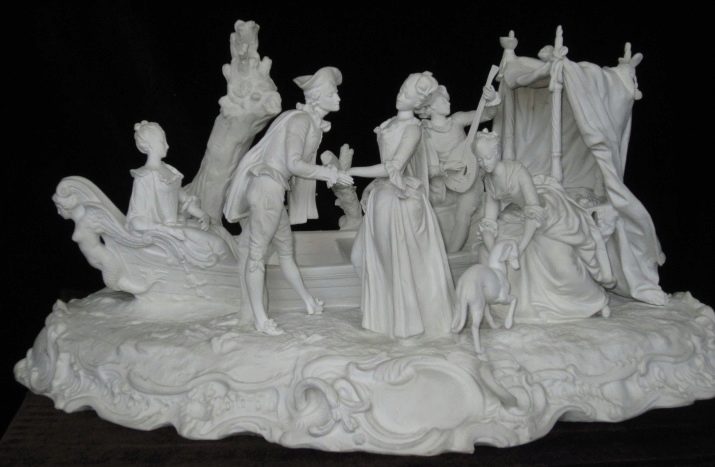
Features
Biscuit porcelain is often used to create velvety surfaces that are ideal for making human figures. The name of this species comes from the word “bis”, which translates as “two” or “double”. This name is due to its production technology.
The biscuit is porcelain uncoated and glazed once or twice. If earlier it was always fired twice, which is why the name appeared, then modern production technologies provide for only one heat treatment.
If a ceramic product was processed at a temperature of 800–1000 C, then in a broad sense it can be considered as biscuit porcelain. As a result of such exposure, porcelain becomes very durable and heavy.however, porous material. Further, the material can be re-fired, and it can also be sanded or coated with glaze. But, as a rule, figurines and dishes made of such material are not glazed.
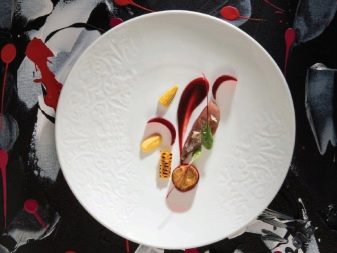
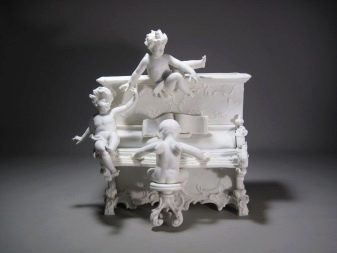
A bit of history
France is considered the birthplace of biscuit porcelain, thanks to French artist Boucher. His works formed a special French style and made the biscuit a popular material. Since the middle of the 18th century, the products of masters from the city of Sevres, which were made both from biscuit and from glazed porcelain, began to gain popularity. As a rule, products were made in floral themes.
In the period of the popularity of classicism, biscuit products became an important part of the decoration of houses.
Porcelain made furniture elements, dishes, dinner sets, sculptures and other compositions.
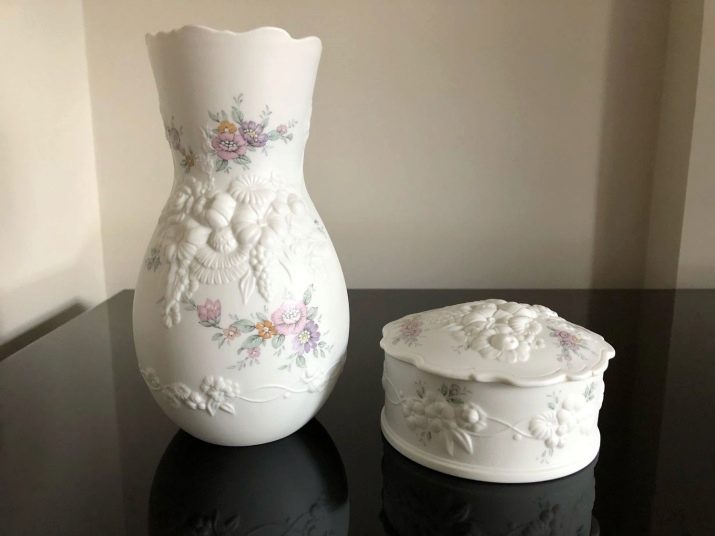
Areas of use
This material is not very good for making household utensils, since the porous surface easily absorbs liquid. But it is ideal for other areas.
- A special type of biscuit - tinted porcelain - is great for making faces and other body parts for dolls.
- It is used to create various masks.
- Often you can find statuettes, decorations, sculptures and other decorative elements for the home. Such products do not need protection and for a long time retain their presentable appearance.
- Cookware is sometimes made from biscuit. However, it is not used in everyday life, it serves exclusively as an interior decoration.
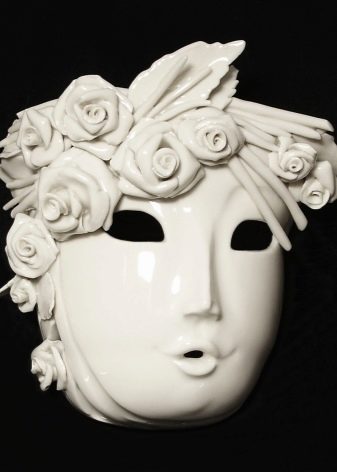
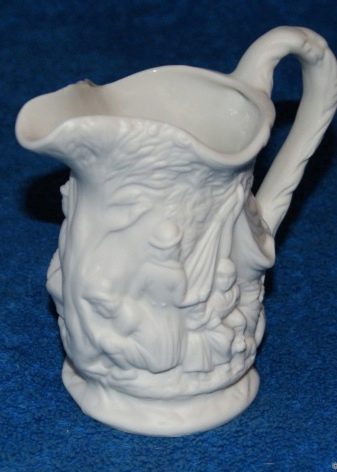
Styles and Design
Classicism
Biscuit porcelain has a white, slightly uneven matte surface, which makes it look like marble on the outside. In the 18th century, classicism developed in Russia, based on ancient art. The classicism of the time of Catherine II significantly influenced the development of the production of porcelain. Under the guidance of the sculptor J. D. Raschette, sculptures and figurines were created depicting Catherine II and members of the royal family.
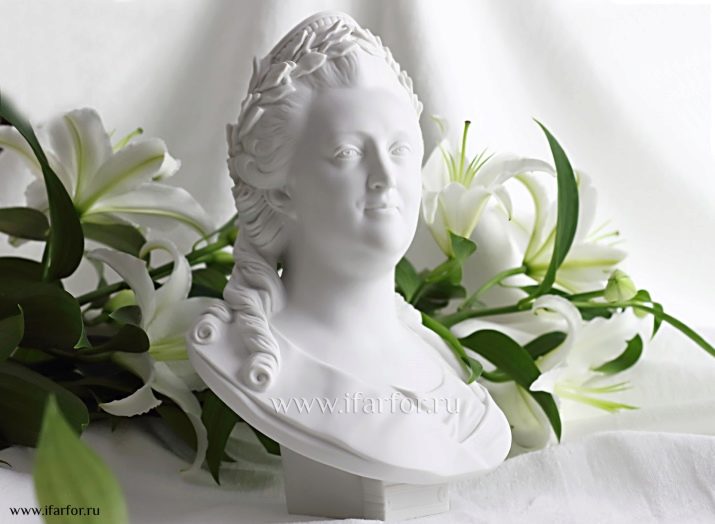
Live porcelain
At the beginning of the XIX century, floral decor was in fashion. Biscuit flowers gained particular popularity, from which whole compositions on plates were made. However, the secret of making such compositions has been lost.
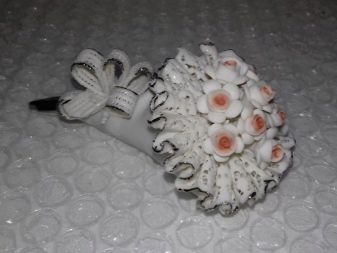
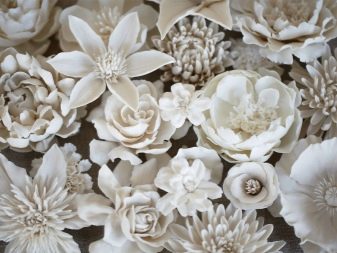
Ballet in china
The biscuit perfectly conveys lightness and lightness, so the ballet theme is very relevant for figurines from this material. Statuettes of various famous artists were made from it, for example, Nikolai Tsiskaridze, Tamara Karsavina, Galina Ulanova.
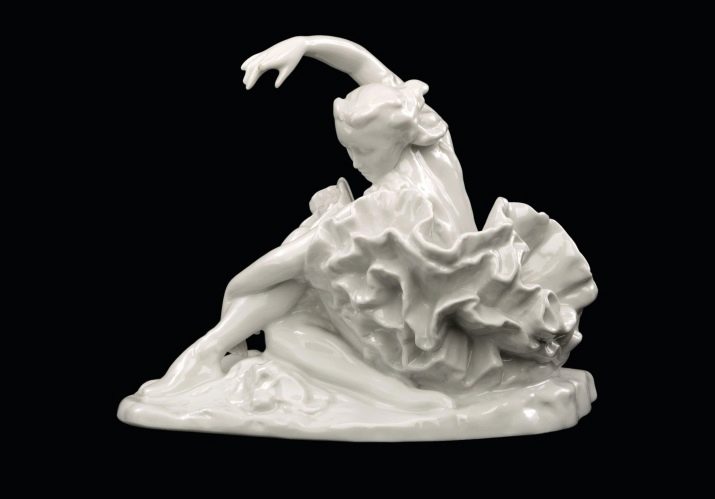
Dolls
For the first time a doll made of biscuit material was made in the 1860s in France. They gradually became fashionable, and in the early 1900s, this material became the main one for the production of dolls, especially for the manufacture of heads.
It is important to note that in order to name a doll made of biscuit, it is enough that its head is made of this material. The body, as a rule, is made of other materials, since biscuit porcelain is fragile and has a rather large weight.
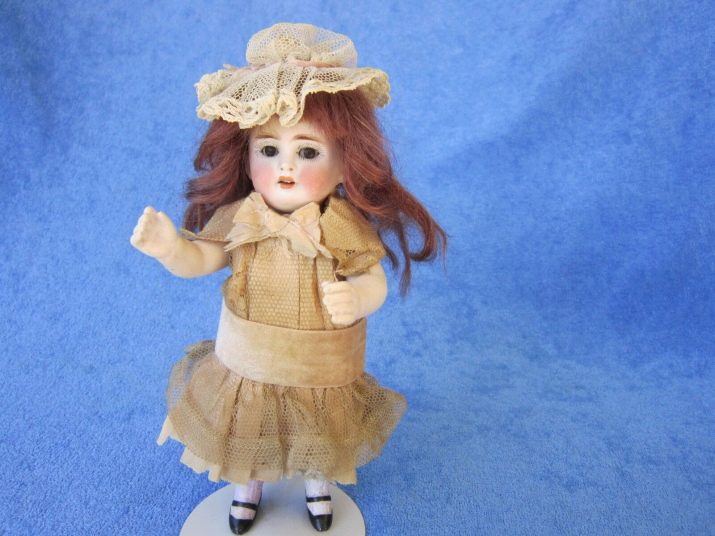
You can look at biscuit porcelain in detail in the video below.
